The Answers Man
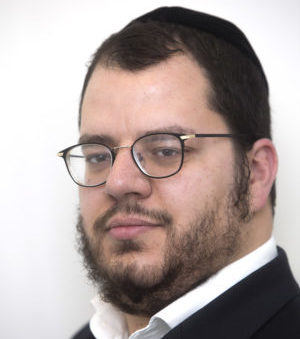
While he views today’s massive crowds as a sign of blessing, he misses the unity that marked the Meron of his childhood — when there was one fire for everyone
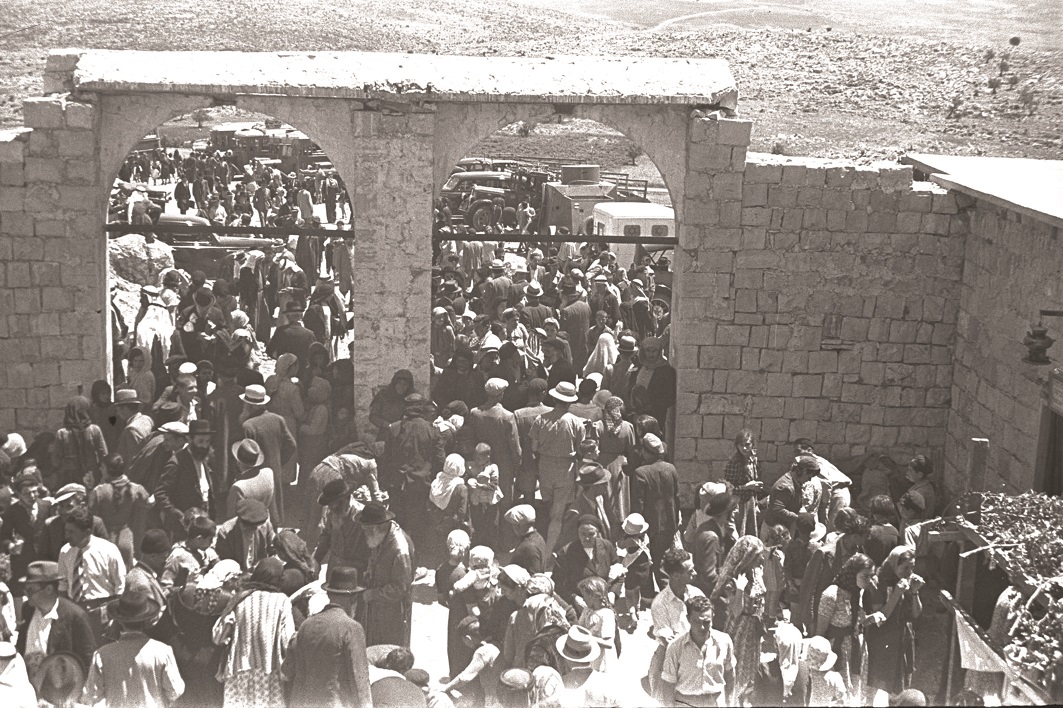
The family of Rav Mordechai Dov Kaplan, the rav of the Ari shul and the Old City in Tzfas, was entrusted with a sacred mission by the Rebbes of Ruzhin. Every Lag B’omer, he’d travel to Meron, to watch flames of joy and salvation overtake the dark hilltop. And while he views today’s massive crowds as a sign of blessing, he misses the unity that marked the Meron of his childhood — when there was one fire for everyone
It was Erev Lag B’omer, 1945. The Jews of Tzfas had made their yearly journey up the isolated Mount Meron, and were now convened on the roof of the tziyun of Rabi Shimon bar Yochai.
Rav Avraham Leib Zilberman, rav of Tzfas, stood with the torch in his hand, ready to carry out the task entrusted to his family by the Ruzhiner dynasty — to light the fire in honor of Rashbi. But the sky was still shrouded in darkness, with no moon in sight. According to tradition, the fire was only lit when the moon grew visible.
The people of Tzfas and their rav stood and waited. The hour grew later; nine o’clock came and went. Still no moon. A low murmur overtook the crowd: “Let the rav light already, there is no use waiting.” But one of the assembled, a mekubal from Tzfas, silenced the grumbling.
“The rav should not be pressured,” he said. “Wait until the moon appears. Perhaps it is a hint from Above.”
At 9:50 the news rippled through the assemblage on the mountaintop: Adolf Hitler had killed himself in his Berlin bunker. A few minutes later, the moon emerged, and Rav Avraham Leib lit the fire. Finally, the lonely hill erupted in glorious song. Lag B’omer had arrived, bringing with it salvation and a rare glimpse of Divine favor in the darkest of times.
Honey Cake and Dancing
Rav Avraham Leib is no longer alive, but his grandson, Rav Mordechai Dov Kaplan, still carries on the family legacy of leadership in the holy city of Tzfas. His father, Rav Simcha Kaplan, married Hadassah, the daughter of Rav Avraham Leib Zilberman, and took on the role of rav.
Rav Mordechai Dov, the next link in the chain, currently serves as rav of Tzfas’s Old City and Ari shul, and the head of the Yeshivas Tzfas Kollel in the Old City. He is also a member of the “Committee of Five” — a group of five men that oversees the kever of Rashbi in nearby Meron — and as such, lives with both the memories of Lag B’omers past and the imperative to ensure that the holiness of the site is perpetuated in the future.
“From the age of three, there wasn’t a single year that I haven’t been here on Lag B’omer,” he says. As he leads us through Meron, his memories of those consecutive years by Rabi Shimon come to the fore.
Today, Lag B’omer in Meron includes mass transport, blaring music, a smorgasbord of food and drink, and government involvement. But the old-timers remember a different Meron. When Reb Mordechai Dov asked his mother how the hilula was celebrated in her childhood years, she painted a scene rich in detail: “In the evening, after Sefiras Ha’omer, my grandfather Rav Raphael Zilberman would light the fire on the roof of the tziyun. After that, they would dance for about a half hour, and then they would go into the tziyun and learn passages from the Idra and the Zohar. Then they’d eat a bit of lekach [honey cake], drink a bit of whiskey, and return to the roof to dance some more.
Oops! We could not locate your form.
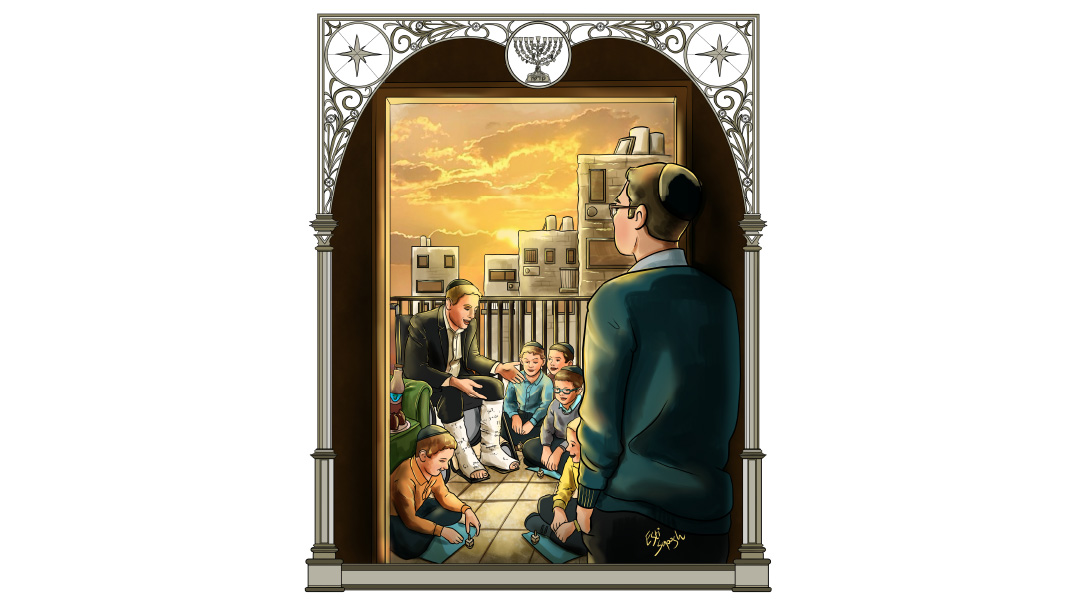
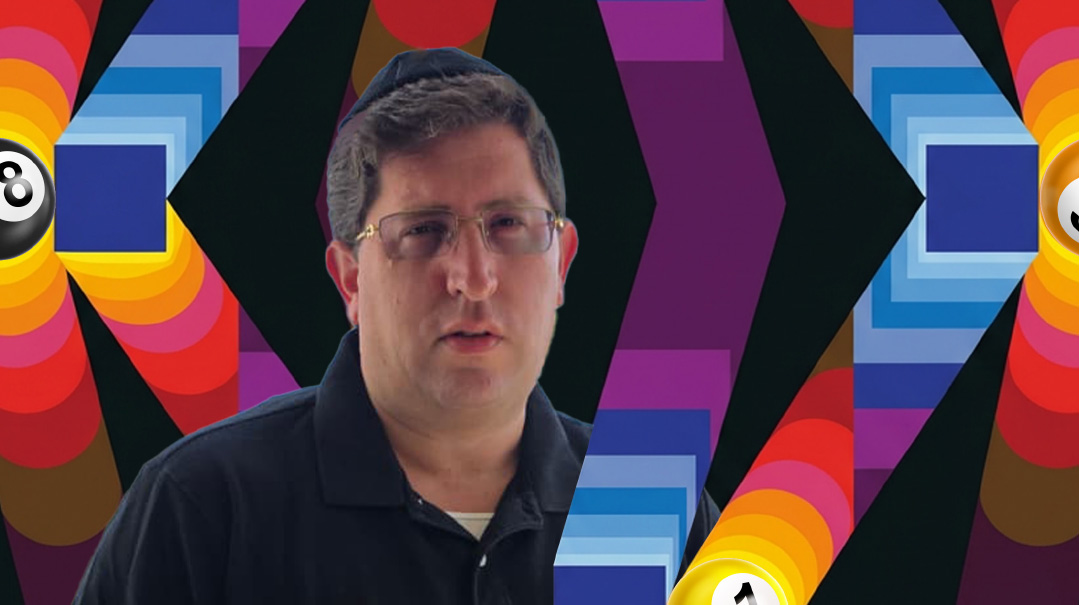
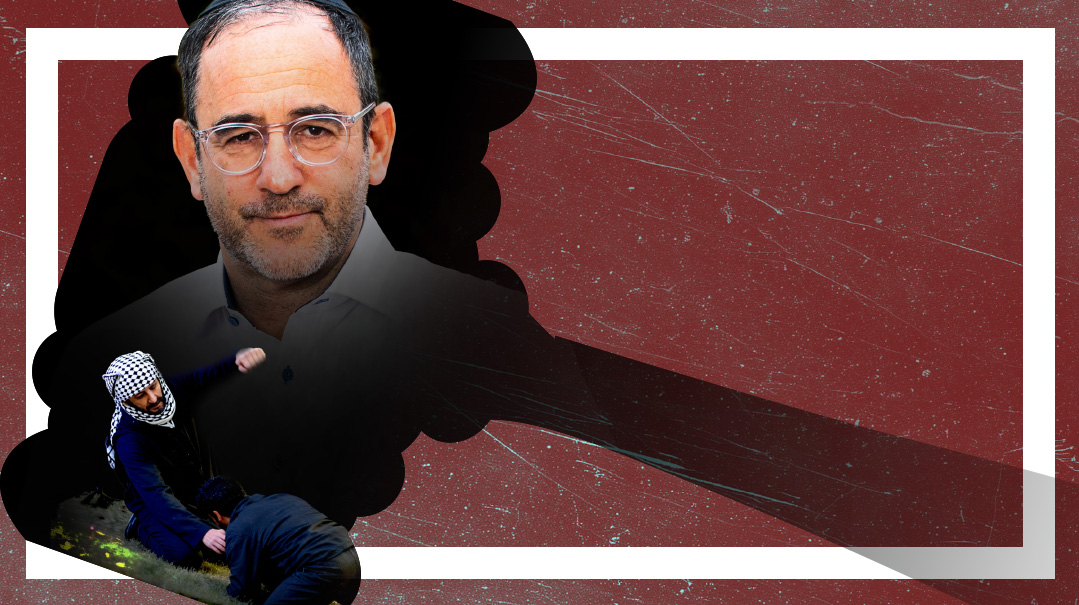
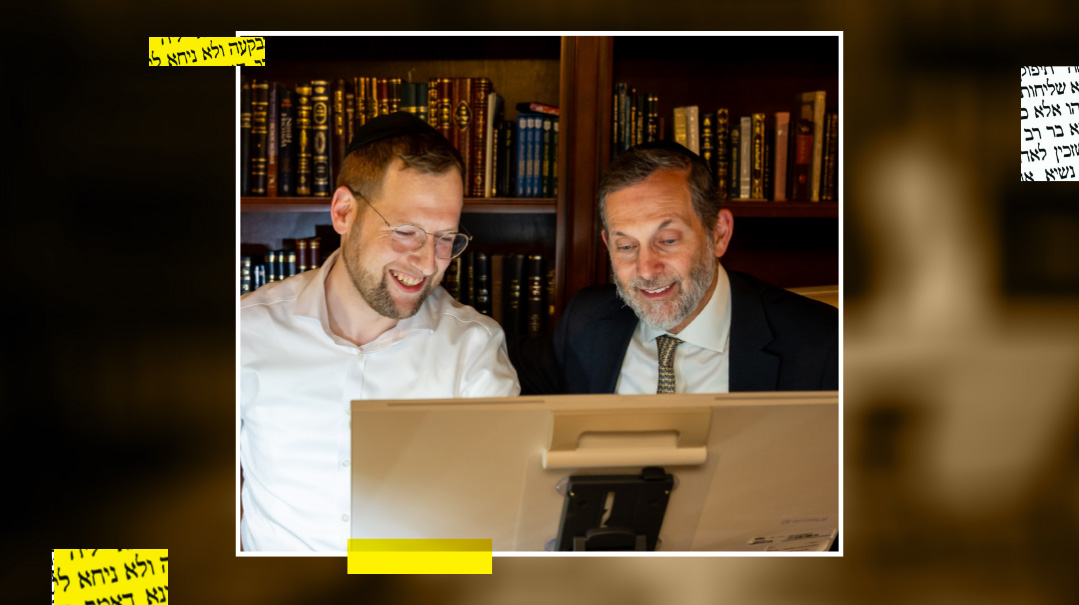
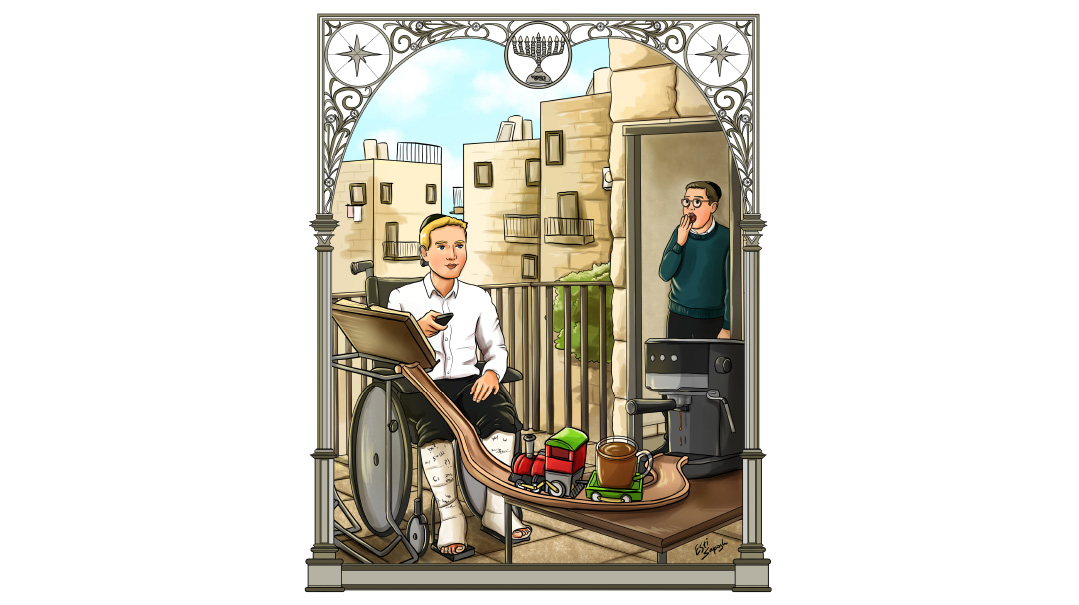
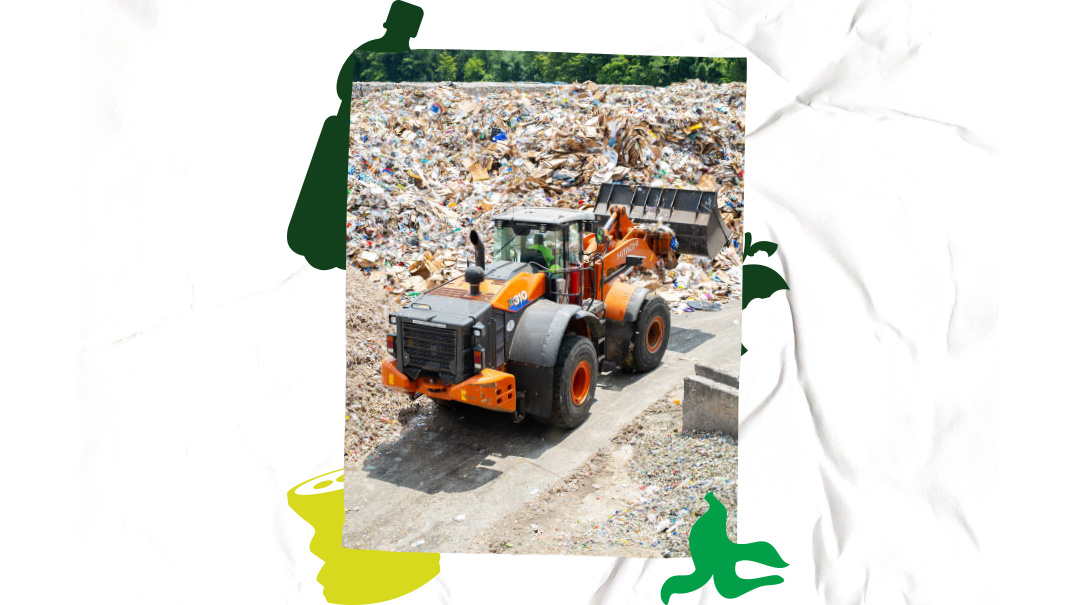

Comments (0)